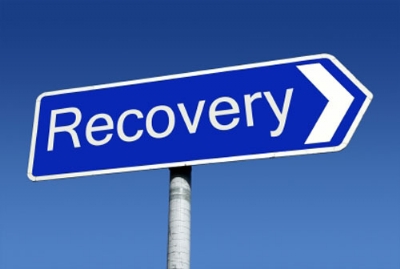What recovery you are asking if you live in Russia,Brasil or South Africa? On the other hand, Asia and the Middle East are enjoying good growth and it appears that the USA, Germany, and most of Europe are poised for a better 2022. It’s true that while shipment trends have stabilized for many, that a prediction of a global upturn may be premature. Listed below are Export Solutions “Ten Tips” to prepare for the inevitable upturn in business.
1. All Countries will recover at a different pace: This requires different strategies for different scenarios. Segment markets into “Growers”, “Stabilized”, and “Laggards”. There is plenty of economic data available to monitor the progress of individual markets. Invest in growing markets, as they may represent your future growth engines. Balance declines in lagging markets with sales increases in your growing markets. If you starve investment in all markets, then you are guaranteed to achieve less than your fair share of new business.
2. Say Yes to local ideas: Pandemic era stifled innovation. Export Managers rejected most local business building ideas in an attempt to conserve resources. Now is the time to recreate the spirit of entrepreneurialism by encouraging field based campaigns.
3. Launch New Products: Many companies postponed new product launch activity during the financial crisis, as consumers focused on replenishment of basic market basket items. Create some excitement in your category with a new item launch. I think that you’ll find that the cost of consumer marketing activities has decreased, providing a window for a cost efficient launch.
4. Return of the Road Warrior: Many companies enacted travel limitations. Export managers were forced to conduct business via phone and email. An old adage applies: “Distributors Respect what the Brand Owners Inspect”. A market visit will allow you to refocus your distributors against your priorities and reconnect you to the details of the people and business in distant countries.
5. Share your Sustainability Plan:Sustainability has emerged from the recession as the new “buzzword” for 2016, much like its predecessors ECR and category management. Key retailers have identified sustainability as a top industry priority. As the marketplace shifts back towards growth, companies with a solid sustainability platform will lead the way.
6. Expand into New Markets: Time to look at your global export map and evaluate white spaces in your global coverage map. China and South east Asia countries maintain high potential. countries are leading the road to recovery. The Middle East, Asia, and South America are all well positioned for 2016. Export Solutions distributor database covers 95 countries. Let us help you find partners in new countries.
7. Visit Big Retailers in Recovering Markets: Retailers will shift marketing plans to capitalize on the gradual recovery in consumer confidence. A visit to a strategic retailer provides an opportunity to question the retailer about their future plans: Any major promotions planned, categories receiving new focus, what’s “in” and what’s “out”. Apply these insights to other markets as all markets will eventually recover.
8. Boost Morale: Restrictions on salary changes, headcount freezes, and reductions in business entertainment characterized the Pandemic era.. Recognize top performers for their contribution. Sponsor a Distributor Sales Contest. Look for inexpensive ways to reward your team.
9. Make Tough Decisions on Under Achievers: In good times, positive market conditions mask the failures of certain organizations to achieve growth consistent with the market. The recession eliminated the shield and revealed the structural weaknesses of some distributors. Distributors should not be penalized for the fiscal instability of a country. On the other hand, each brand owner must seek the strongest partner possible moving forward to capitalize on the recovery.
10. Don’t Forget Your Value Equation: Now is not the time to push through price increases and launch super premium products. The consumer has gained a new appreciation of “value” and in some cases has migrated down the food chain to more affordable alternatives. Consumers will crawl back to value added brands in time, but won’t immediately return to their free spending days as the recovery emerges.


